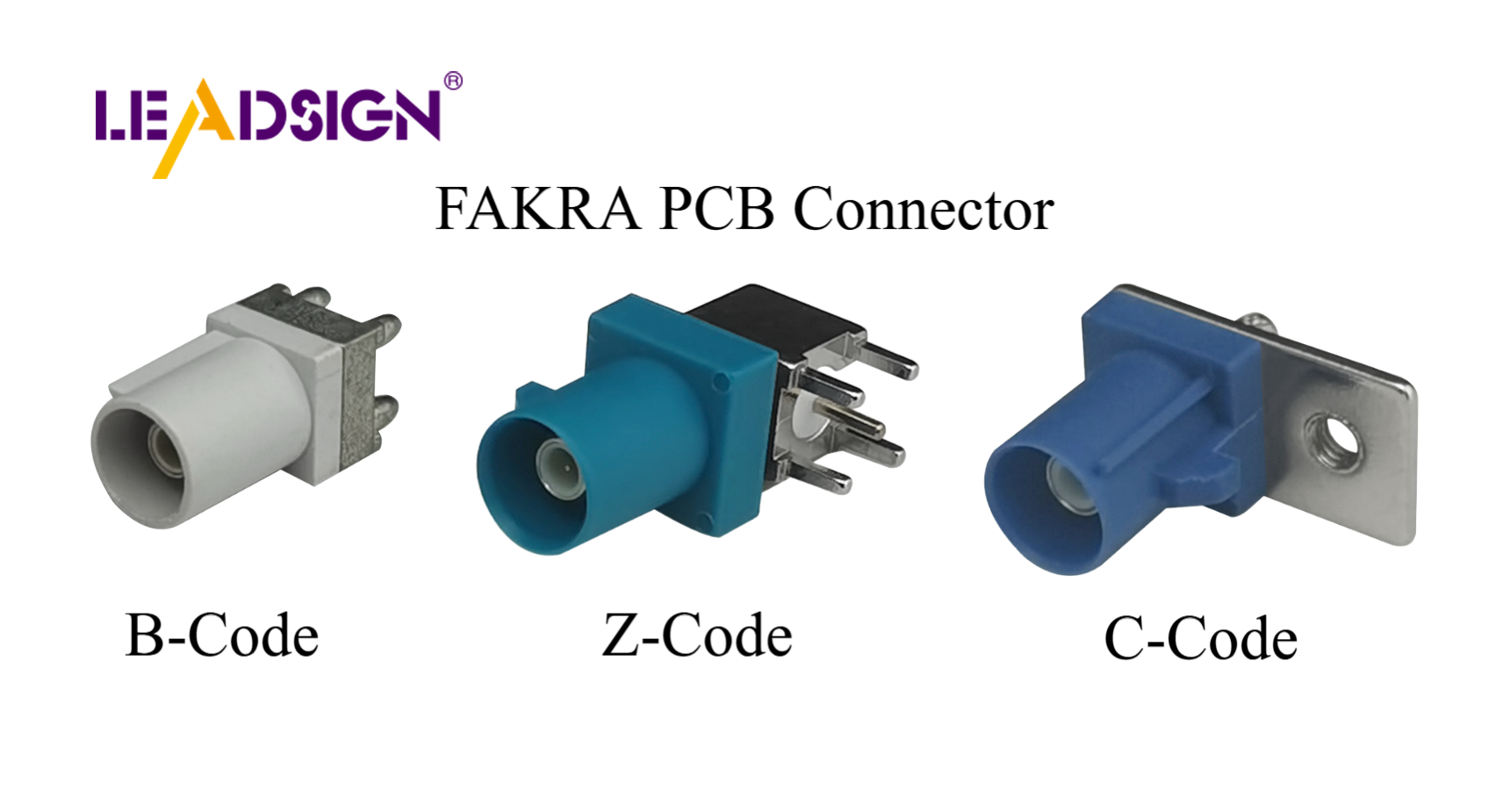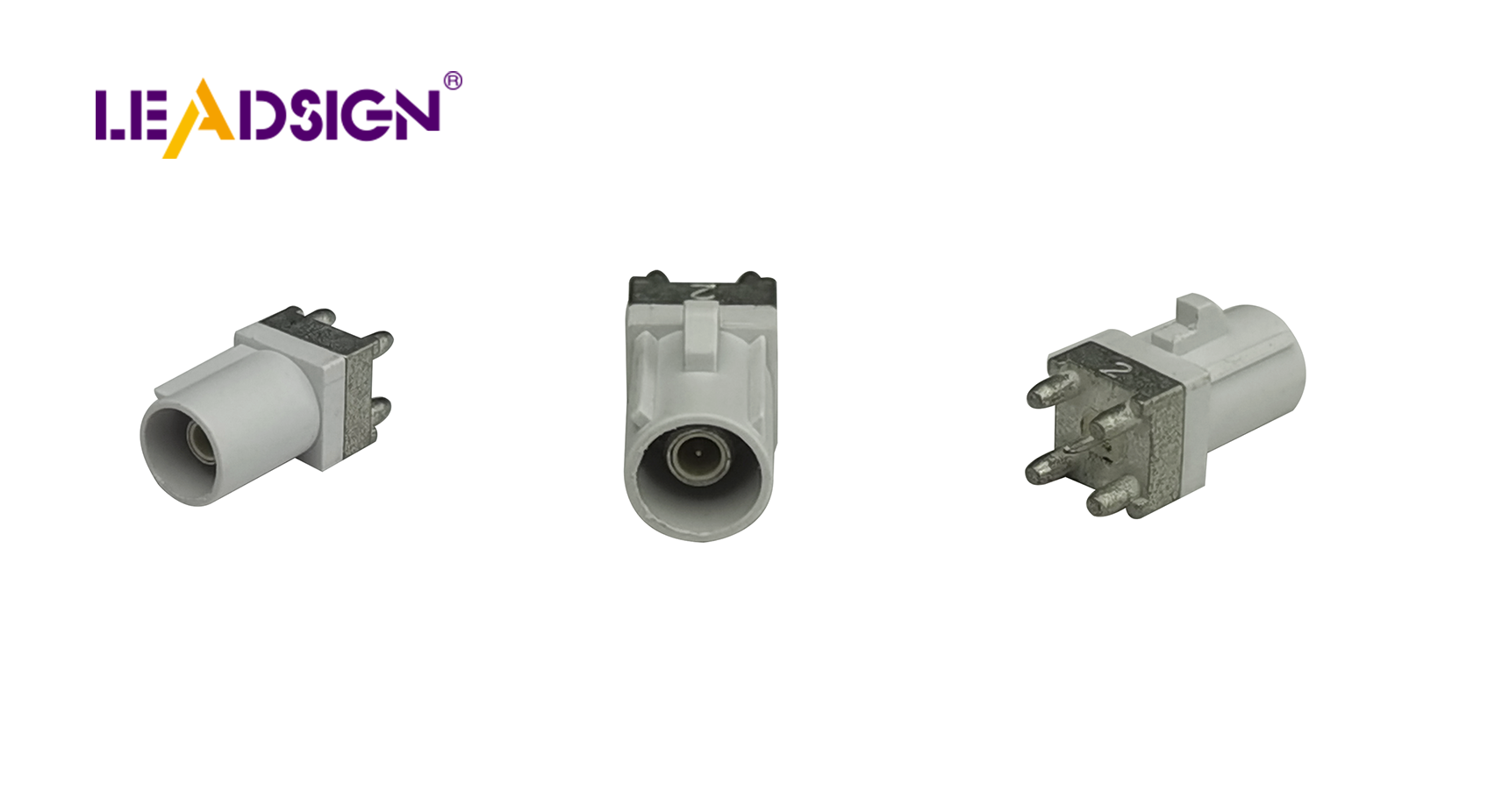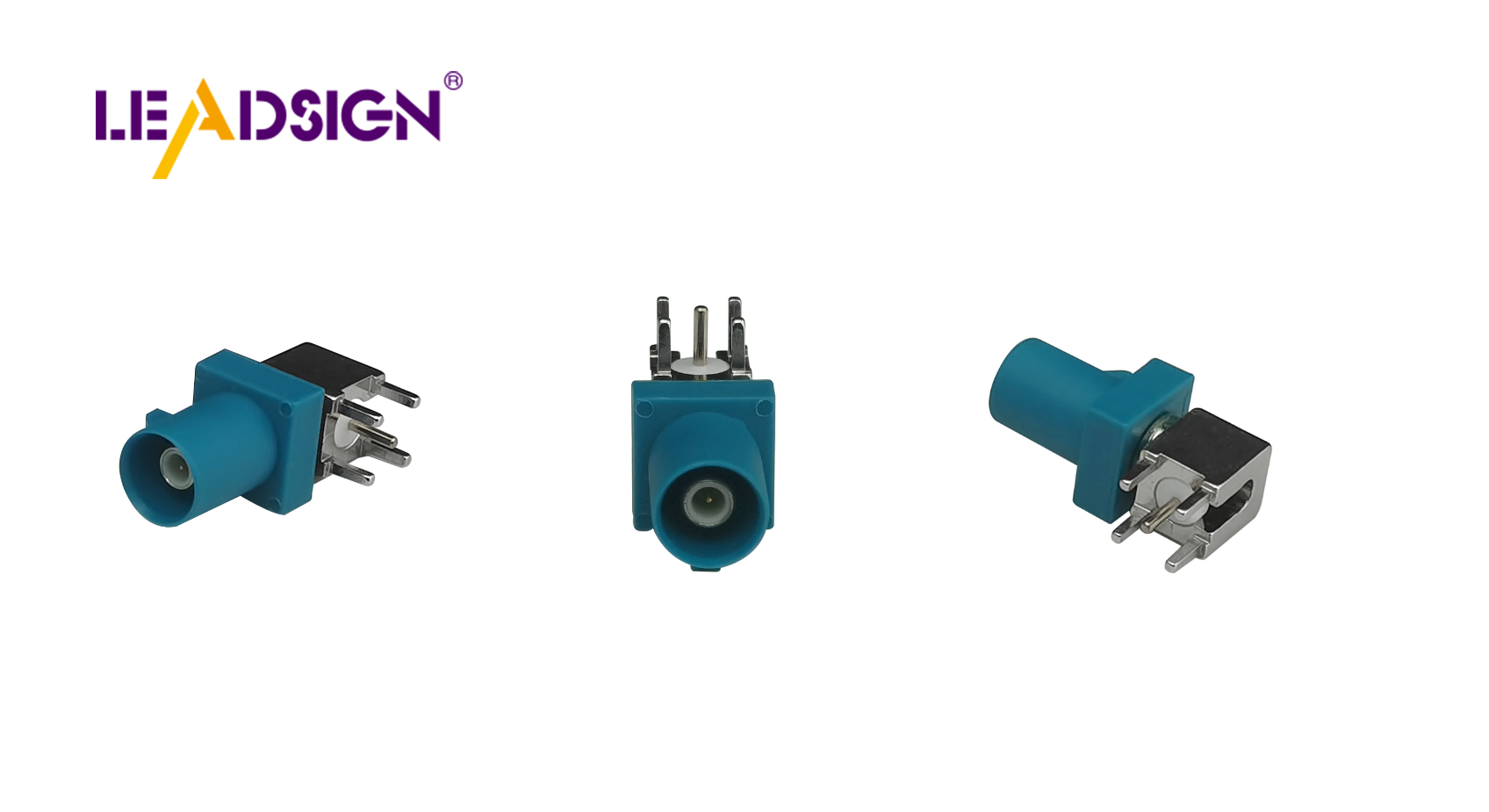How Auto Harness Connectors Simplify Your Car Wiring

Auto harness connectors help make car wiring easier and safer. They keep electrical connections neat and secure. This stops problems like engines shutting down or parts breaking due to bad wiring. Features like connector housing and terminal position assurance keep out dust, water, and misalignment. Installing them correctly makes them last longer and work better. This saves you time and effort when fixing or upgrading your car.
Problem | Explanation |
|---|---|
Rusty wires can block electricity from reaching the ignition, making the engine stop. | |
Ignition Problems | Broken battery cables might not send enough power to start the engine. |
Malfunctioning Electrical Parts | A broken main harness can stop parts from working due to weak electricity or signal problems. |
Tip: Use single wire seals or block seals to keep connections safe from damage and make them last longer.
Key Takeaways
Auto harness connectors make car wiring tidy and safe. They stop problems like engine stops and power failures.
Using proper tools, like crimpers and sealed connectors, makes strong, lasting links.
Checking and testing connections often finds issues early. This keeps your car's electrical system working well.
What Are Auto Harness Connectors?

Definition and Purpose
Auto harness connectors are important parts of today’s cars. They include plugs, wires, and ends that run through the vehicle. Their job is to send power and signals to different car parts. This helps systems like lights, sensors, and radios work properly. They also make fixing or replacing parts easier without messing up all the wires.
When making custom wire setups, these connectors help keep wires neat and safe. They group wires together into one bundle, cutting down on mess and making things work better. Whether adding new parts or upgrading old ones, these connectors give strong and lasting connections.
Key Benefits in Automotive Wiring
Auto harness connectors are better than old wiring methods. They protect wires from heat, rust, and shaking. This makes them perfect for cars where strong wires are needed. They are also simple to install, saving time during repairs or upgrades.
Here are some benefits of using these connectors:
The outer shell keeps pins and wires in place.
Sealed designs stop dust and water, making them last longer.
They come in different types like male, female, sealed, and unsealed.
By using these connectors in custom wire setups, you can keep your car’s wiring tidy. This improves how things work and lowers the chance of electrical problems. These connectors are a smart and affordable way to improve your car’s wiring system.
Tools and Materials for Installing Auto Harness Connectors
Important Tools for Installation
Using proper tools makes installing wire harness connectors easier and faster. These tools help create strong and safe connections. Here are the tools you’ll need:
Crimpers: Attach terminals tightly to wires.
Wire strippers: Remove wire coverings without causing damage.
Pliers: Hold or bend wires during setup.
Heat guns: Shrink tubing to protect wires from damage.
Each tool has a specific job. Crimpers secure wires, and heat guns add protection. Having these tools ready makes the job quicker and more effective.
Best Materials for Strong Connections
Picking good materials is as important as using the right tools. Quality materials keep your wire harness connectors working well for a long time. Here’s what to use:
Choose connectors made for your car to ensure they fit.
Keep the harness clean to avoid dirt or rust problems.
Protect wires from water and heat with sealed connectors or tubing.
Using the right materials and keeping them clean helps them last longer. A good harness makes wiring easier and keeps your car running smoothly.
Step-by-Step Guide to Installing Auto Harness Connectors

Getting the Wires Ready
Before you start, get the wires ready. This makes the job easier and avoids problems later. Follow these steps:
Leave enough wire length for each branch. Think about how deep the device is and where the connectors will go.
Place connectors in easy-to-reach spots. Pick places that are simple to find and use.
Make sure wires don’t touch moving parts. Secure them tightly so they don’t hang loose.
Good preparation saves time and helps the connectors fit your car perfectly.
Attaching and Securing the Harness
When connecting wires, make sure they stay strong and safe. Use tools like crimpers and pliers to attach them well. Follow these tips:
Look at each connector for damage before using it. Broken connectors can cause problems.
Use tape or zip ties to keep wires in place. This stops them from coming loose due to shaking.
Protect connectors from water and heat with sealed covers or rubber sleeves.
These steps help your connections last longer and work better.
Checking If Everything Works
Testing is very important after installation. It shows if everything is working right. Try these steps:
Check the insulation to ensure it’s safe and reliable.
Use special tests for important systems like car electronics.
Always follow the maker’s instructions when testing. This reduces mistakes and keeps the connectors working well. Testing also helps you avoid future problems.
Avoiding Common Mistakes with Auto Harness Connectors
Skipping Wire Preparation
Not preparing wires can cause weak or bad connections. Before attaching wire harness connectors, strip wires carefully to show clean metal. Dirt or rust on wires can block electricity, causing problems. Cut wires to the right length and remove frayed ends. This helps wires fit well and stay secure.
Tip: Use a wire stripper to cleanly remove insulation. This tool makes wires smooth for better electricity flow.
Using Incompatible Tools or Materials
Wrong tools or materials can cause big problems. For example, mismatched parts might leave wires exposed, risking electric shock. Bad connections can overheat, short-circuit, or even start fires. Always pick connectors made for your car and use tools like crimpers for tight fits.
Problems with wrong tools or materials:
Exposed wires can cause shocks.
Sparks or shorts might lead to fires.
Overheating from bad connections.
Car parts may get damaged by too much current.
May not meet safety rules for cars.
Note: Use connectors that follow car safety rules to avoid trouble.
Neglecting to Test Connections
Testing connections is very important after setup. Skipping this step can hide problems like loose wires or bad contact. Dirty pins or bad crimping can block electricity or cause rust. Check connectors for damage and test electricity flow with a multimeter. This ensures everything works and avoids future issues.
Reminder: Testing finds problems early and keeps your system working well.
Tips for Long-Lasting Auto Harness Connections
Regular Maintenance Practices
Taking care of your wire harness connectors keeps them working well. Check for rust, bent pins, or loose wires often. Clean them with an electrical cleaner and let them dry fully before reconnecting. Use a multimeter to check for problems early.
Keep the harness steady to avoid too much shaking. This helps stop connections from getting weak. Place wires away from sharp edges, moving parts, or hot spots. Cover open areas with tubing or heat shrink for safety. Use waterproof connectors and grease to block water and make them last longer.
Tip: Protect the harness from heat with special sleeves or tape. This stops damage from high temperatures.
Choosing High-Quality Connectors
Good connectors make your wiring system stronger. Pick ones that meet standards like ISO 9001 or IATF 16949. These show they are safe and reliable.
Testing shows if connectors are good. Retention force testing checks if they stay tight during shaking. Durability testing ensures they can be used many times without breaking. Temperature and humidity tests check if they work in tough conditions.
Testing Type | Purpose |
|---|---|
Retention Force Testing | Makes sure connectors stay tight during shaking or shocks. |
Durability Testing | Checks if connectors last after being used many times. |
Temperature Cycling | Tests if they work in changing temperatures. |
Humidity Testing | Ensures they resist moisture to avoid rust. |
Choose connectors made for your car. This ensures they fit well and last longer.
Protecting Connections from Environmental Factors
Things like water, heat, and shaking can harm your wire harness connectors. Clean and check them often to find damage early. Use waterproof connectors to keep water out and UV-safe materials for outdoor use.
Protect the harness from heat with sleeves that resist high temperatures. Secure it tightly to reduce stress and movement. Add extra protection with conduits, braided covers, or heat shrink tubing. These guard wires from scratches, water, and chemicals.
Reminder: Use molded shapes and grommets where wires pass through panels. They stop damage from sharp edges and shaking.
Follow these steps to make your harness connections last longer and stay reliable.
Auto harness connectors make car wiring easier and more reliable. Using a clear guide helps you install them correctly. Avoiding mistakes stops problems from happening later. Taking care of them and picking strong designs keeps them safe. These steps ensure your car wiring works well for a long time.
FAQ
What do auto harness connectors do?
They carry power and signals to car parts like lights and radios. They also make fixing and upgrading easier by keeping wires neat.
How can you pick the best auto harness connector?
Choose connectors made for your car model. Look for features like water protection, heat safety, and strong locks to ensure they last and fit well.
Why should you test after installing connectors?
Testing checks if electricity flows correctly and finds loose wires. It helps avoid problems later and keeps car parts working properly.
Tip: Use a multimeter to check connections for safety and accuracy.
See Also
Why HSD Connectors Are Essential for Automotive Applications
Key Advantages of HSD Connectors in Today's Vehicles
Significance of HSD Connectors Within Automotive Manufacturing

